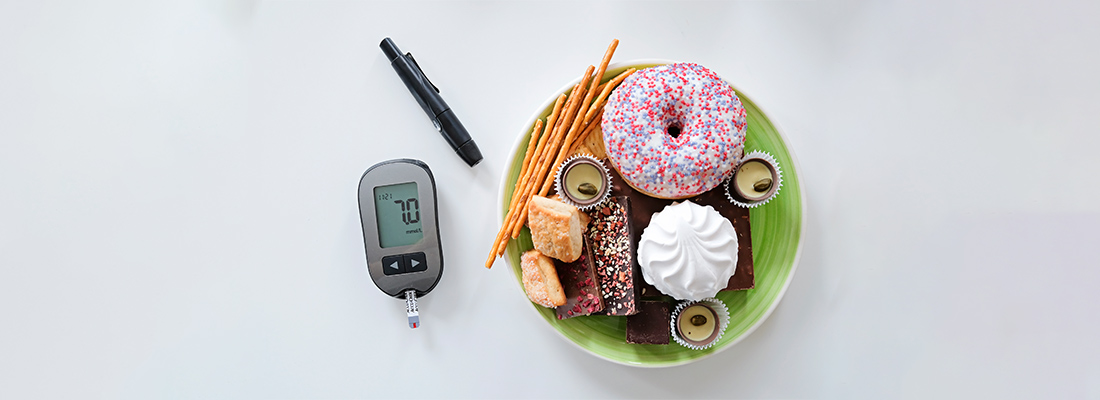
Understanding the Distinction: Type 1 vs. Type 2 Diabetes
Can type 2 diabetes turn into type 1? The short answer is no. Type 1 Diabetes is an autoimmune disorder in which the body attacks its own insulin-producing beta cells. In contrast, type 2 diabetes is a result of insulin resistance, when cells no longer respond properly to insulin, and sometimes reduce insulin production over time.
However, confusion arises when adults initially diagnosed with type 2 diabetes suddenly need insulin. This leads them to ask, “can type 2 diabetes become type 1 diabetes?” The answer again lies in accurate diagnosis, not transformation.
A Real-Life Case: Misdiagnosis and the Need for Clarity
Samantha, a 43-year-old teacher, was diagnosed with type 2 diabetes after experiencing fatigue and weight loss. She started on metformin, but over time, her condition worsened. Eventually, she required insulin, something more common in type 1 diabetes. Her doctors reevaluated her diagnosis and confirmed she had LADA—a form of slow-progressing type 1 diabetes in adults, initially misclassified as type 2. Samantha’s case raises a common and important question: Can type 2 diabetes turn into type 1 diabetes?
Also Read: Is Type 1 Diabetes a Disability? Here’s What You Need to Know
Defining the Basics: Type 1 vs. Type 2 Diabetes
Before diving into whether can type 2 diabetes turn into type 1, let’s clarify the difference. Type 1 diabetes is an autoimmune condition where the body attacks insulin-producing beta cells in the pancreas. It’s usually diagnosed in children or young adults.
Type 2 diabetes, on the other hand, occurs due to insulin resistance, often linked to lifestyle, age, and genetics. Over time, the pancreas may produce less insulin, but autoimmune destruction is not a factor.
Because the root causes differ, can type 2 turn into type 1 seems unlikely, yet the story isn’t so simple.
Enter LADA: The Overlap of Diabetes Types
The answer to, “can type 2 diabetes turn into type 1?” lies in understanding Latent Autoimmune Diabetes in Adults (LADA). Often called type 1.5 diabetes, LADA starts in adulthood and progresses slowly. It’s commonly misdiagnosed as type 2 diabetes due to its gradual onset.
In LADA, autoimmune antibodies attack the pancreas, but the need for insulin may not occur immediately. This delayed insulin dependence leads doctors to treat patients as if they have type 2 diabetes, reinforcing the confusion around whether can type 2 diabetes become type 1.
According to a study published in Diabetes Care, around 10% of individuals diagnosed with type 2 diabetes actually have LADA.
Why the Misdiagnosis Matters
If a person is misdiagnosed with type 2 diabetes and their condition continues to worsen despite oral medications, the medical team may eventually test for antibodies or insulin production. At that point, they may correct the diagnosis to type 1 (specifically LADA). This often prompts patients and clinicians to ask: can type 2 diabetes turn into type 1, or was it misdiagnosed all along?
This distinction is crucial. Management strategies differ for each type. A type 2 diabetes regimen may include diet changes, exercise, and metformin. However, type 1 diabetes treatment plan always involves lifelong insulin therapy, and recognizing LADA early prevents delays in proper care.
Can Lifestyle or Complications Cause the Shift?
Medically, type 2 diabetes cannot transform into type 1 since their causes are fundamentally different. However, in some rare scenarios, a type 2 diabetic may develop autoimmune characteristics over time, leading to a new diagnosis.
Other explanations could include:
- Glucotoxicity: Chronic high blood sugar levels damage beta cells.
- Pancreatic Burnout: Long-term insulin resistance can exhaust the pancreas, requiring insulin dependence.
- Genetic Predisposition: Some people with type 2 might also have autoimmune genes that get triggered later.
While these scenarios don’t mean type 2 becomes type 1, they blur the lines enough that people ask, can type 2 diabetes become a type 1, especially when insulin therapy becomes necessary.
Diagnosis: Testing for the Right Type of Diabetes
So, can type 2 diabetes turn into type 1 or is it often just misdiagnosed? The best way to determine the type of diabetes is through:
- Antibody tests (GAD, IA-2)
- C-peptide test (to assess insulin production)
- Family and personal history
If these tests are not done early, LADA might go unnoticed. Patients over 30 presenting with diabetes but who are not overweight, and don’t respond well to type 2 diabetes treatments, should be screened for LADA.
Conclusion: A Need for Awareness and Accurate Diagnosis
To wrap up, the question can type 2 diabetes turn into type 1 often stems from clinical confusion, not actual transformation. The two types are distinct, but overlapping conditions like LADA can create diagnostic uncertainty. In reality, “can type 2 diabetes become a type 1?” is less about transformation and more about proper identification of the autoimmune cause.
Better awareness, early testing, and patient education are key. If you or a loved one has type 2 diabetes, but your treatment isn’t working, don’t hesitate to ask your doctor about autoimmune testing. Understanding whether can type 2 diabetes turn into type 1 is relevant to you could make all the difference in achieving long-term health.





